Entoni is a cocky, rebellious boy of just 9 when we meet him, living among the narrow alleyways of Naples’s Quartieri Spagnoli. His father is in prison. His some-time guardian, his grandmother, has also spent time inside for connections to the Camorra, the Neapolitan mafia. He sees crime all around him, and he’s already being drawn to it.
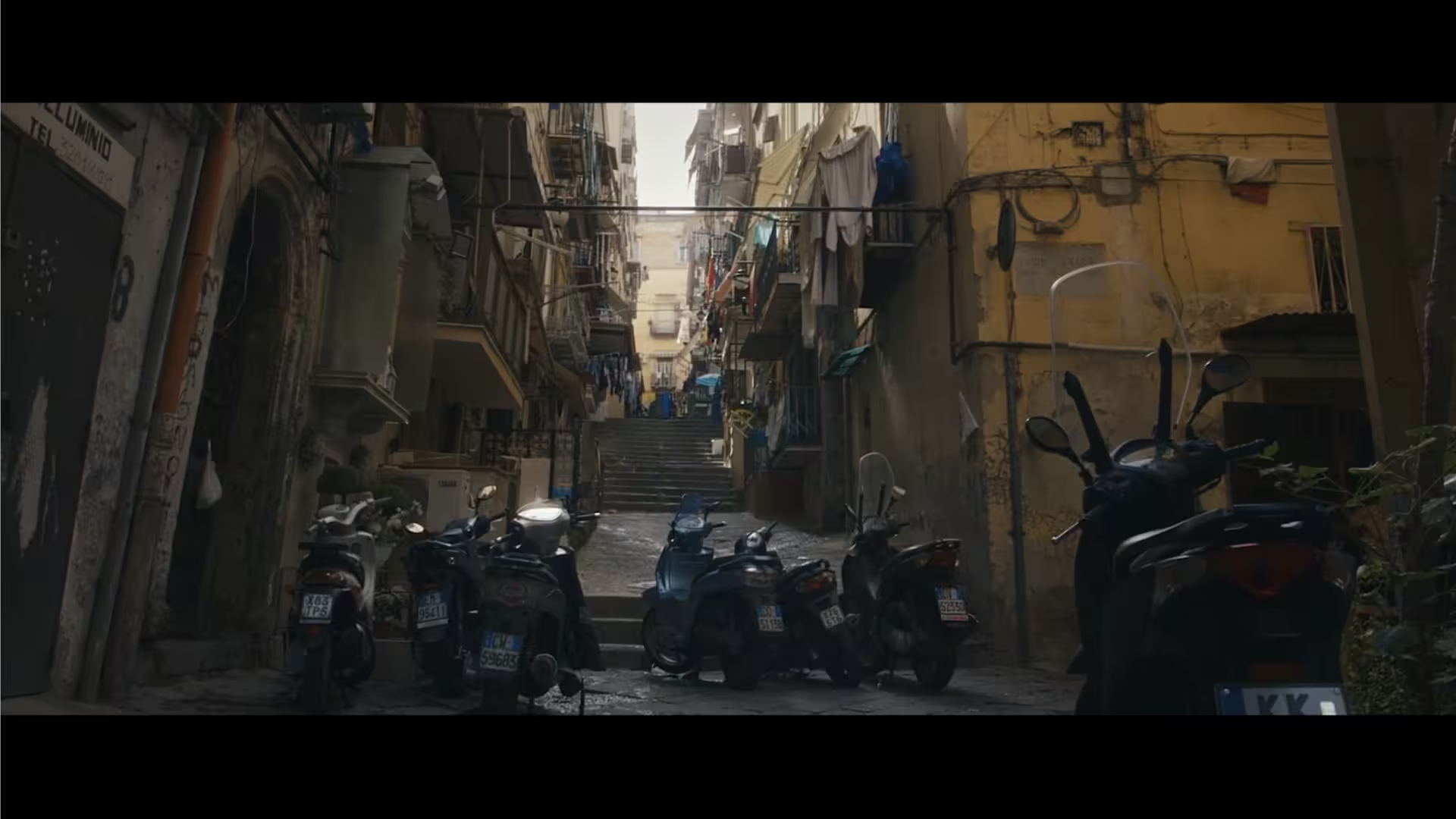
Nascondino follows Entoni for four formative years, as he becomes a teenager. We see him play with friends, chafe against authority, commit petty crimes, profess a desire to become an actor, and generally struggle with what he might one day become – for better or for worse.
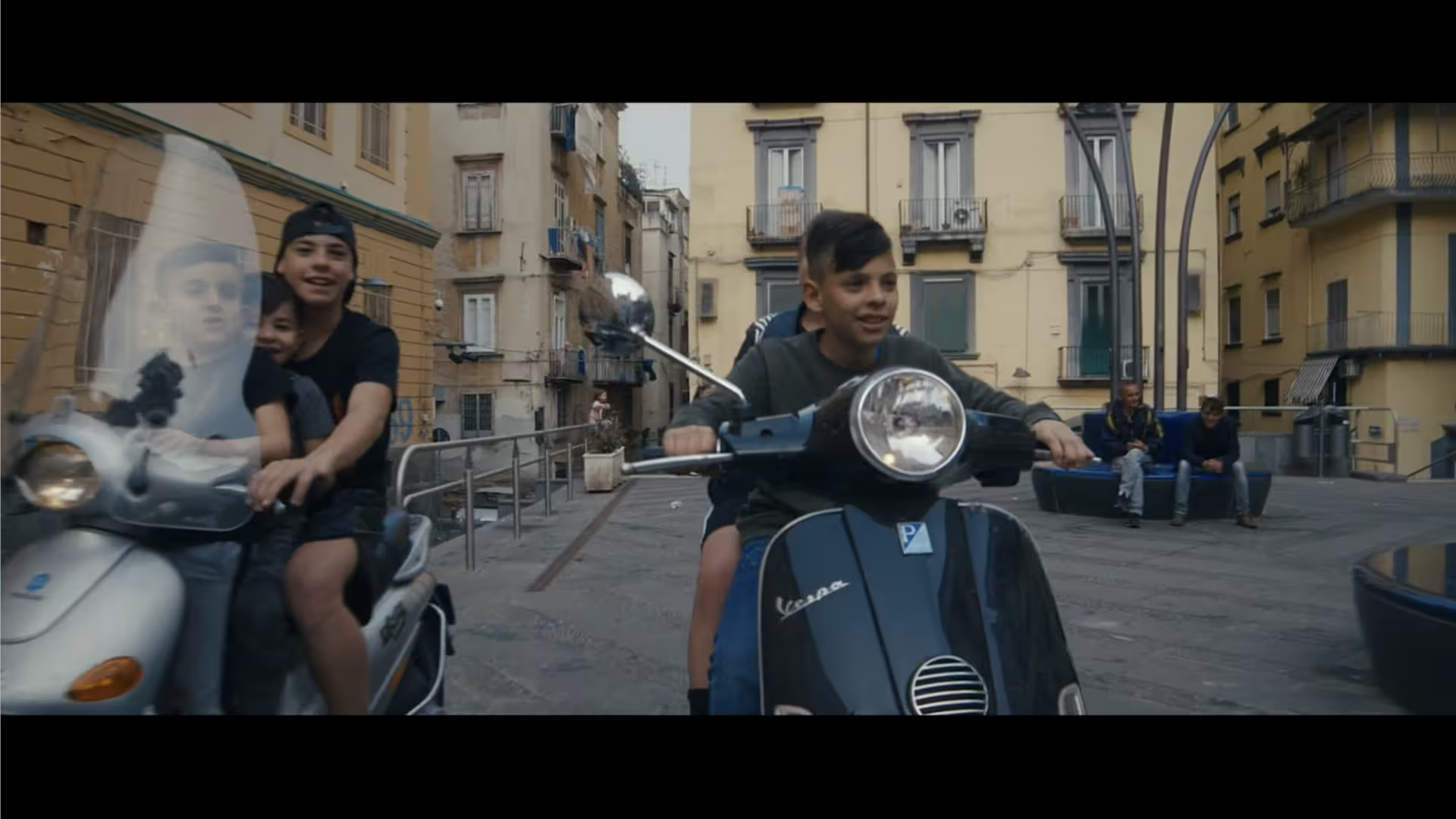
This is Naples, and so the incense-cloud of fate and religion and superstition hangs over everything, still with the faintest scent of the pre-Christian about it. Everyone here is trapped: by the neighbourhood, by their standing in the eyes of the authorities, by their past decisions. It seems impossible to imagine that Entoni will break free.
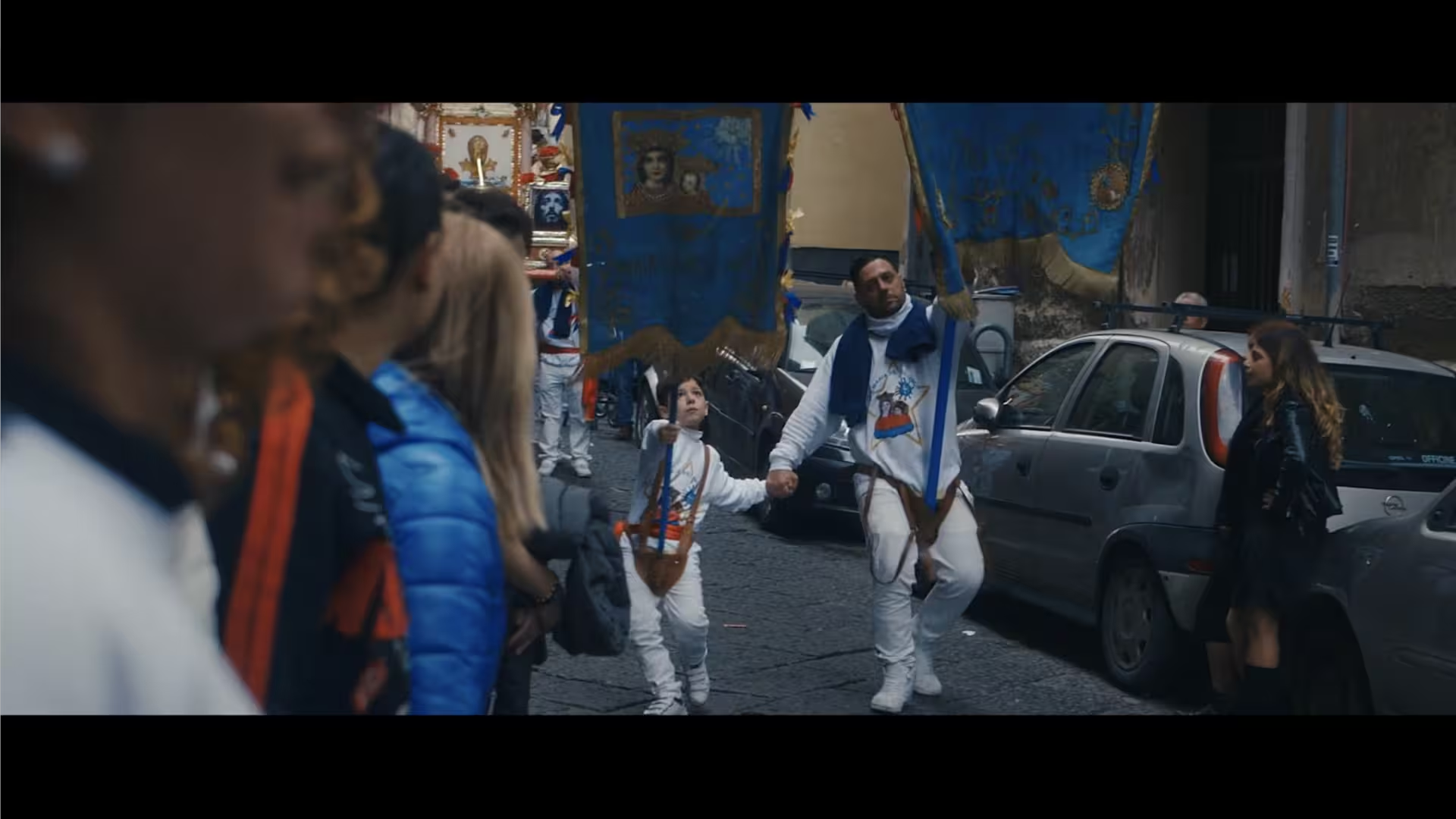
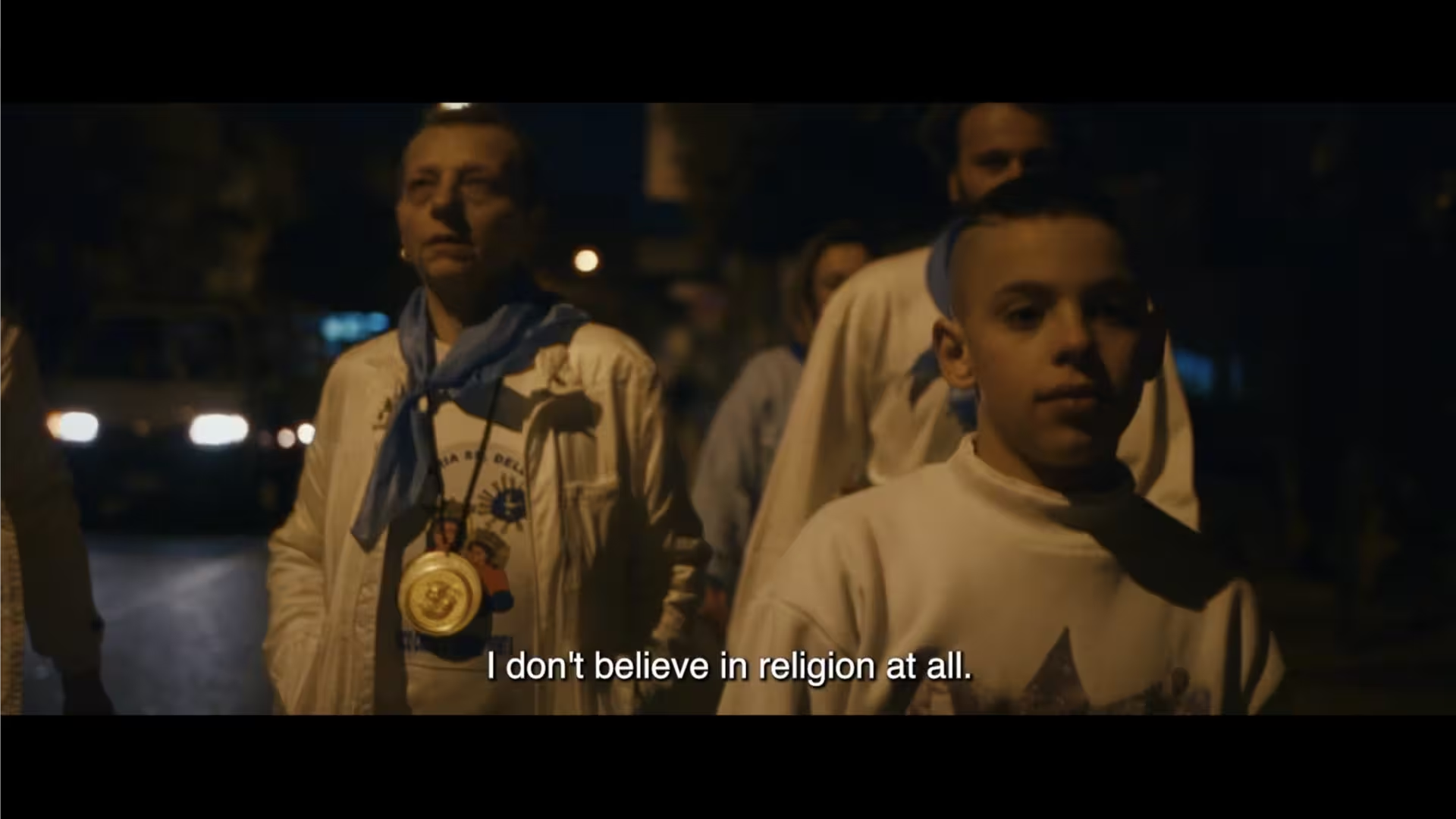
Entoni’s grandmother consults Tarot cards at tense moments. She doesn’t know what to do with Entoni.
At 23 years old I was already a widow with three kids… I’m scared when I see young kids. Who knows what’s going on in their minds. They take orders from no one but themselves and they copy what they’ve seen on film. Nobody manages them, and Entoni is the first of them.
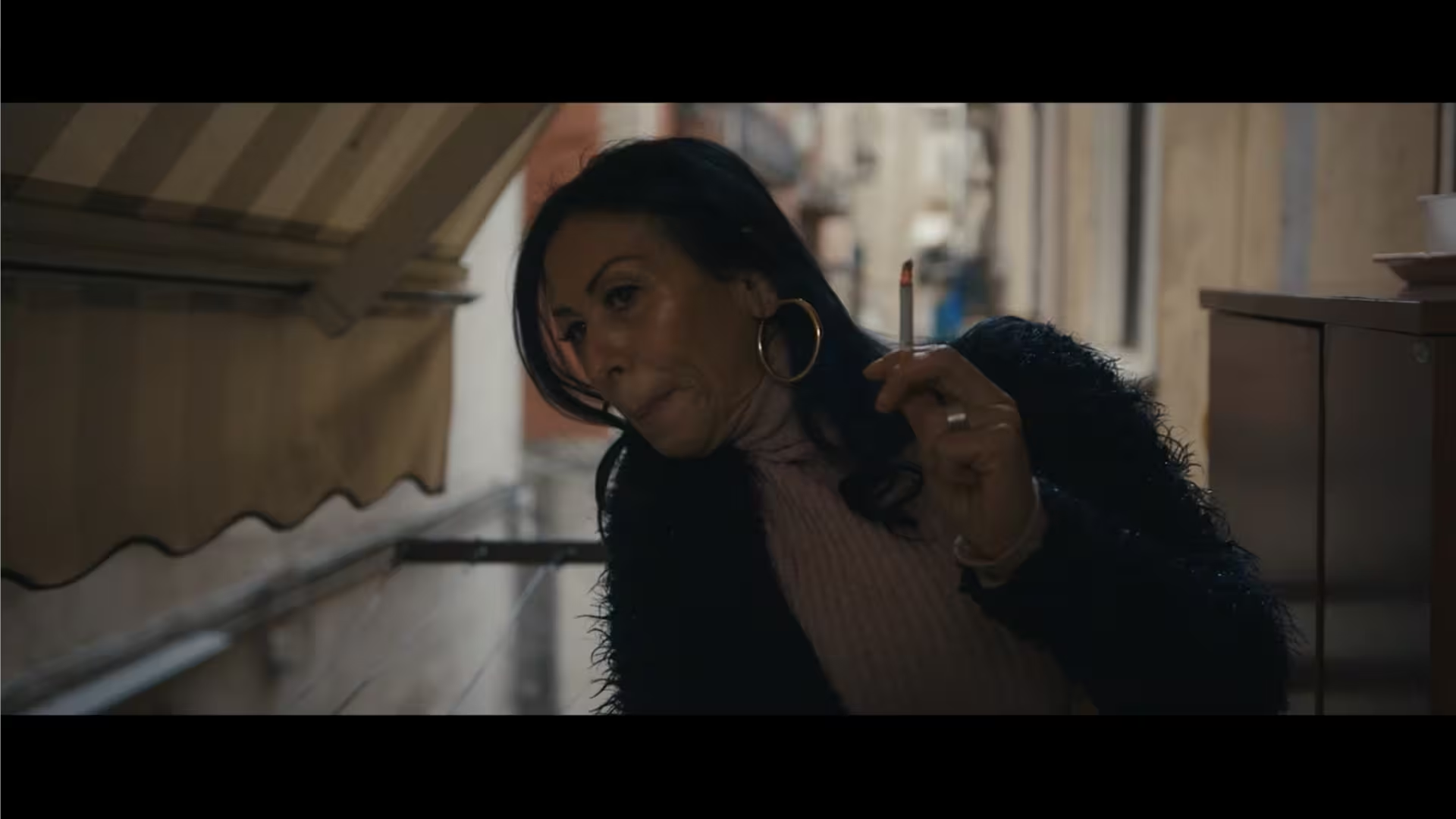
The government announces a crackdown on adolescent criminality. As a petty criminal, seemingly on a downward trajectory, from a family with connections to organised crime, it looks as though Entoni will be taken into care and sent to a sort of residential reform school. But if he doesn’t buck his ideas up, a worse fate beckons beyond that: he might be sent to Nisida, the notorious youth prison built on an island in the Bay of Naples.
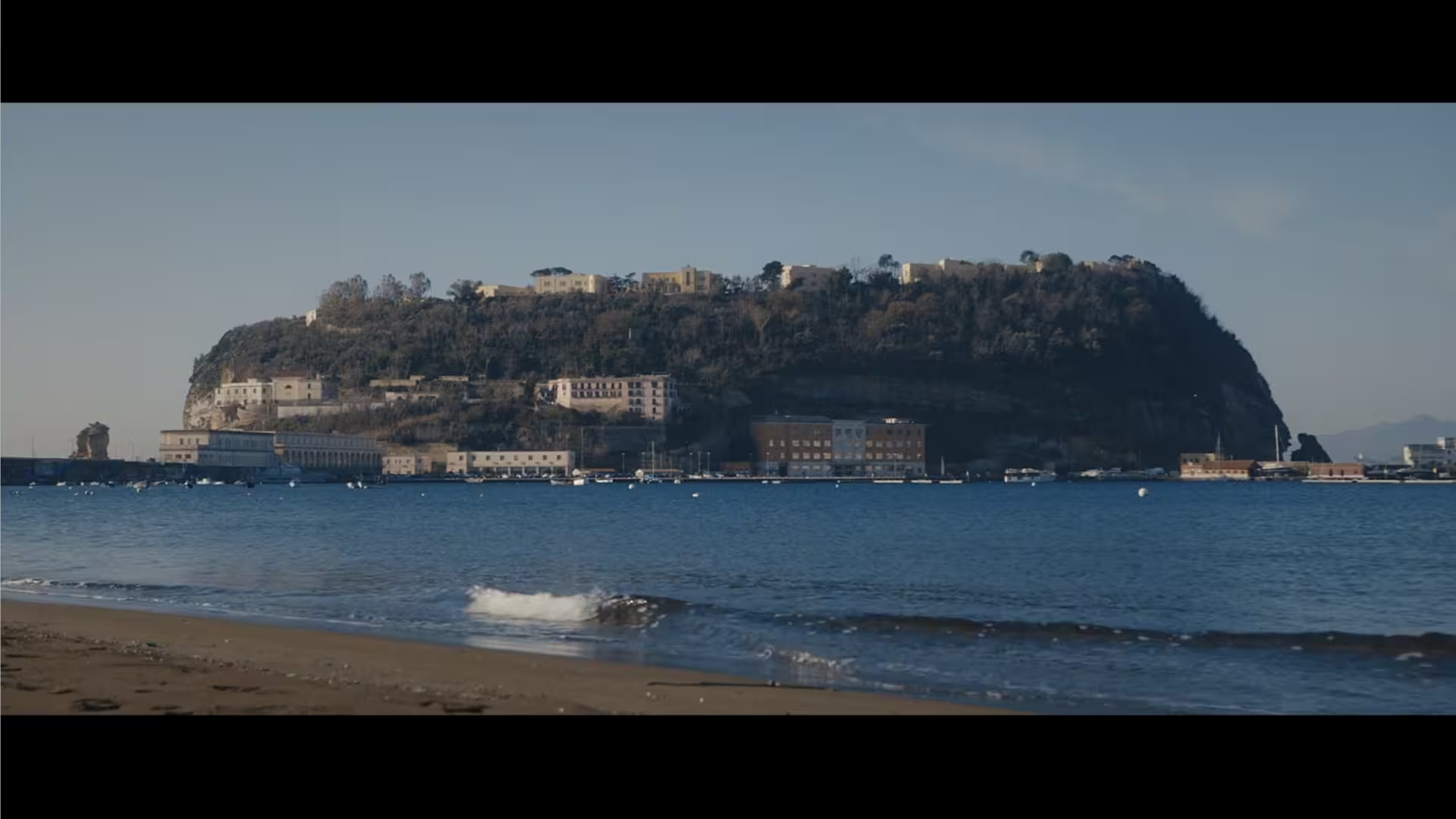
It’s a remarkable film: remarkable for the intimacy and length of access with its subjects and their neighbourhood, following Entoni for four such important years, but also for its dreamy, claustrophobic feel, with stylised reminisces and dream sequences. It doesn’t seek to examine or explain why things are the way they are, never mind propose solutions, because its focus is on the personal rather than the systemic. Entoni is buffeted about by wider forces beyond his control, his fate seemingly pre-ordained, and we see Naples and the world from that perspective.
The film ends with a reference to Italo Calvino’s Invisible Cities, which is worth quoting in its full form:
The inferno of the living is not something that will be; if there is one, it is what is already here, the inferno where we live every day, that we form by being together. There are two ways to escape suffering it. The first is easy for many: accept hell and become such a part of it that you can no longer see it. The second is risky and demands constant vigilance and apprehension: seek and learn to recognize who and what, in the midst of hell, are not hell, then make them endure, give them space.